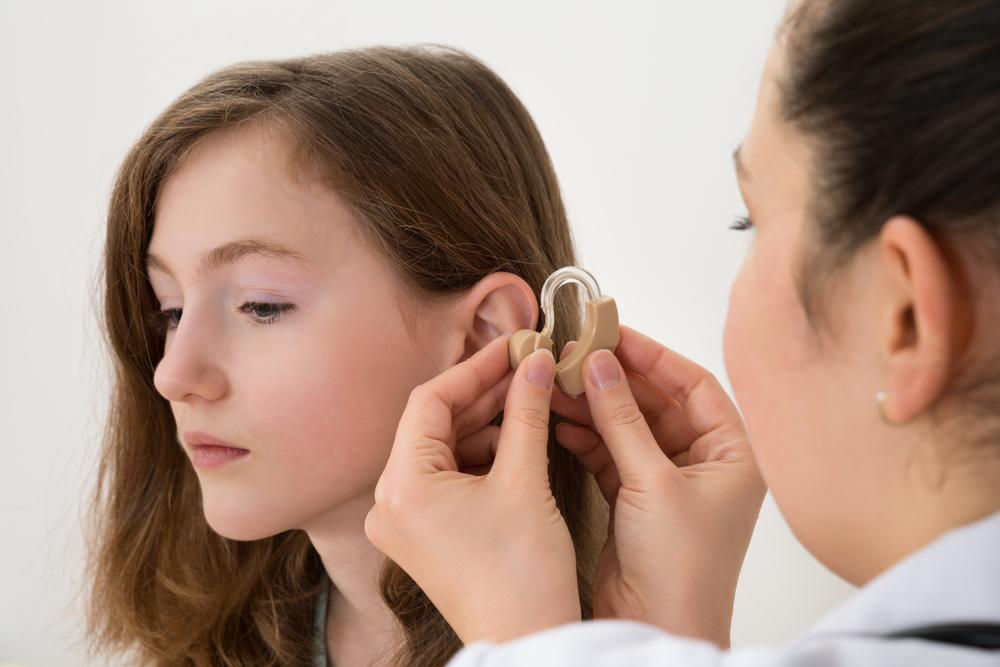Comprehensive Guide to Hearing Aid Options: Types, Features, and Selecting the Right Device
Discover comprehensive insights into various hearing aid options, including types, functionalities, and selection tips. This guide helps users understand the latest technological advancements, ensuring the best fit for their hearing needs and lifestyle. From discreet in-ear models to powerful behind-the-ear devices, explore how modern hearing aids enhance sound quality, comfort, and connectivity for a better auditory experience.

Comprehensive Guide to Hearing Aid Options: Types, Features, and Selecting the Right Device
Hearing loss affects millions worldwide, and technological advancements have revolutionized the way hearing aids assist individuals in restoring auditory clarity. Modern hearing aids are available in a multitude of styles and technological features tailored to meet various degrees of hearing impairment and personal preferences. Understanding the different types of hearing aids, their mechanisms, advantages, and limitations is crucial for users seeking the most suitable device for their needs. Whether you're dealing with mild, moderate, or severe hearing loss, there are options designed to deliver optimal sound amplification, comfort, and discretion. This comprehensive guide explores the various hearing aid options, focusing on their design, functionality, and how to choose the best fit for your lifestyle.
Types of Hearing Aids and Their Unique Features
Body-worn hearing aids:
Traditionally among the first powerful hearing solutions, body-worn devices consist of a small, portable case connected via a wire to an ear-level hearing component. These devices house all essential amplification parts, batteries, and controls within a clip or a pocket-sized unit, making them highly accessible and straightforward to operate. Although less discreet compared to modern in-the-ear models, body-worn aids are appreciated for their durability, especially in environments where rugged use is common or when larger controls are needed for ease of handling. They typically offer long battery life, making them suitable for users who prefer less frequent charging or battery replacements. Their design allows for powerful amplification, making them a reliable choice for profound hearing loss cases. However, their visibility and bulk can be drawbacks for users seeking a discreet hearing solution.
Modern Hearing Aid Types
Behind-the-ear (BTE) devices:
BTE hearing aids are one of the most versatile and widely used types on the market. They consist of a durable plastic case that sits behind the ear and connects to an ear mold or dome that fits inside the ear canal via a thin tube or wire. These aids are especially effective for individuals with severe to profound hearing loss due to their high power output capabilities. BTE devices are renowned for their durability, ease of handling, and the ability to incorporate advanced features such as directional microphones, wireless connectivity, and noise reduction technology. They are particularly suitable for users who prefer a device with larger controls for easier adjustments or for those with dexterity challenges. Although slightly more noticeable than smaller, discreet options, modern BTE aids often feature sleek and ergonomic designs to blend seamlessly with daily attire.
In-the-ear (ITE) devices:
In-the-ear hearing aids are custom-molded to fit comfortably within the outer ear or ear canal. They are highly discreet, making them popular among users who prioritize aesthetics. Because they sit inside the ear, ITE aids leverage the ear’s natural shape to enhance sound localization and delivery, resulting in high-quality sound amplification. These devices are suitable for mild to severe hearing loss and often incorporate features like volume control, program settings, and feedback reduction within a compact casing. Their close placement to the eardrum allows for more natural sound quality, and modern manufacturing techniques ensure a comfortable fit for extended wear. However, they may be more susceptible to earwax and moisture, which can impact their performance over time.
Cutting-Edge Hearing Aid Technologies
Modern hearing aids have incorporated advanced circuitry designed to significantly enhance user experience. These innovations include feedback suppression to eliminate squealing sounds, noise-canceling features for noisy environments, and adaptive speech processing technology that adjusts amplification based on the listening context. Such features make conversations clearer and reduce listening fatigue during prolonged use. Additionally, many models now come equipped with wireless connectivity options, allowing users to pair their hearing aids with smartphones, TVs, and other Bluetooth-enabled devices. This integration provides seamless audio streaming, volume control, and program adjustments through dedicated apps, further enhancing convenience and personalized hearing experiences.
In-the-ear canal (ITE canal) aids:
Designed for those who desire near-invisibility, ITE canal aids are deeply inserted into the ear canal, almost camouflaged during normal activities. Their compact design minimizes the occlusion effect—a common issue where users experience a 'plugged' or 'booming' sound—allowing natural sounds like talking and chewing to pass through more freely. Due to their discreet size, these aids are suitable for mild to moderate hearing loss and appeal to users wishing to maintain a natural appearance. The design emphasizes comfort and unobtrusiveness, with some models offering wireless capabilities and multiple program settings for different listening environments.
Over-the-ear (OTE) aids:
Sleek and modern, OTE hearing aids sit comfortably behind the ear and are connected to a custom earpiece or dome inside the ear canal. They are designed to offer a balance between power and discretion, reducing occlusion effects that can interfere with natural hearing. OTE aids are ideal for users who require moderate to severe amplification but prefer a device that is less conspicuous than traditional BTE models. Their ergonomic design ensures comfortable fit over extended periods, and their compact profile makes them suitable for active lifestyles, including sports or outdoor activities. Additionally, they often include features like directional microphones and wireless connectivity, optimizing hearing in complex acoustic environments.
Choosing the Right Hearing Aid
Selecting the ideal hearing aid depends on several factors, including the degree of hearing loss, lifestyle preferences, aesthetic considerations, and budget. Consulting with audiologists and hearing specialists ensures that the chosen device matches your specific hearing profile and needs. Factors to consider include comfort, ease of use, maintenance requirements, and technological features like connectivity and noise reduction. Proper fitting and regular maintenance are crucial for ensuring optimal performance and comfort. Modern options also come with rechargeable batteries and smartphone apps that allow users to customize their hearing experience easily.
Final Thoughts
Hearing aids today offer a remarkable range of options tailored to diverse needs and preferences. From powerful body-worn devices for severe hearing loss to virtually invisible ITE aids for mild impairment, technological innovations continue to improve sound quality, comfort, and connectivity. When choosing a hearing aid, prioritize personal comfort, lifestyle compatibility, and technological features that enhance your daily life. Regular check-ups with audiologists are recommended to ensure optimal device performance and to make necessary adjustments as your hearing needs evolve. With the right choice and proper maintenance, hearing aids can significantly improve quality of life, communication, and social engagement, helping individuals reconnect with the sounds that enrich their daily experiences.





